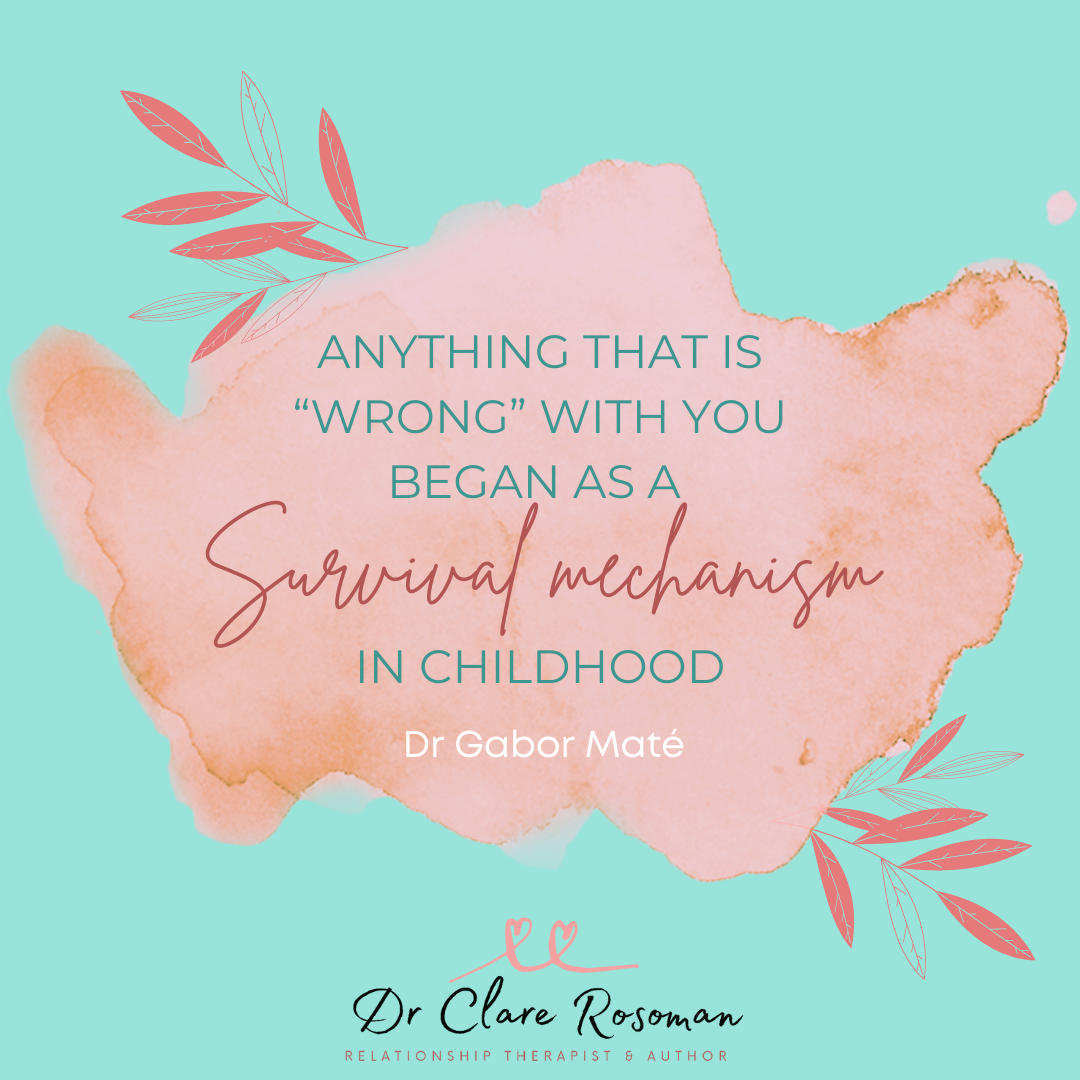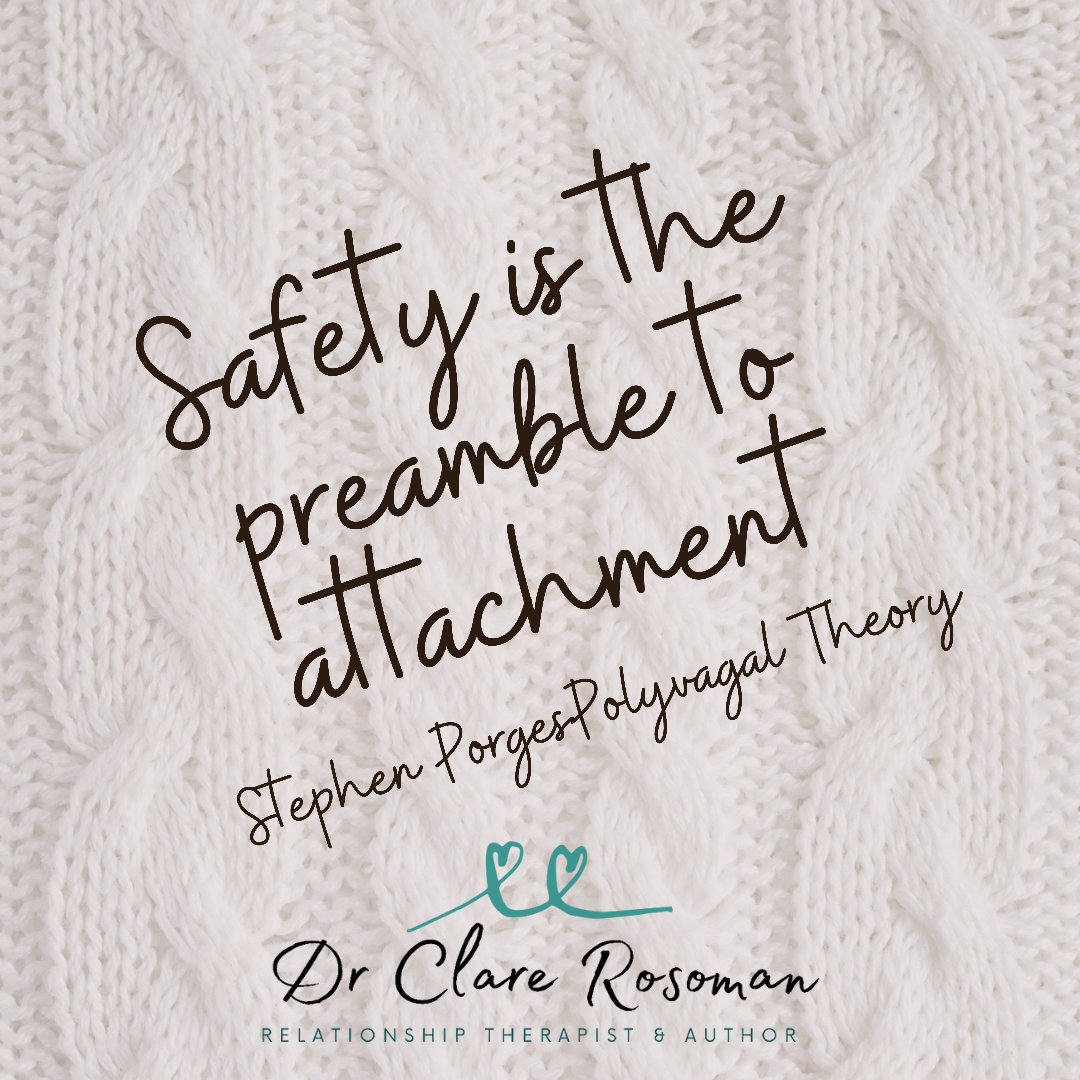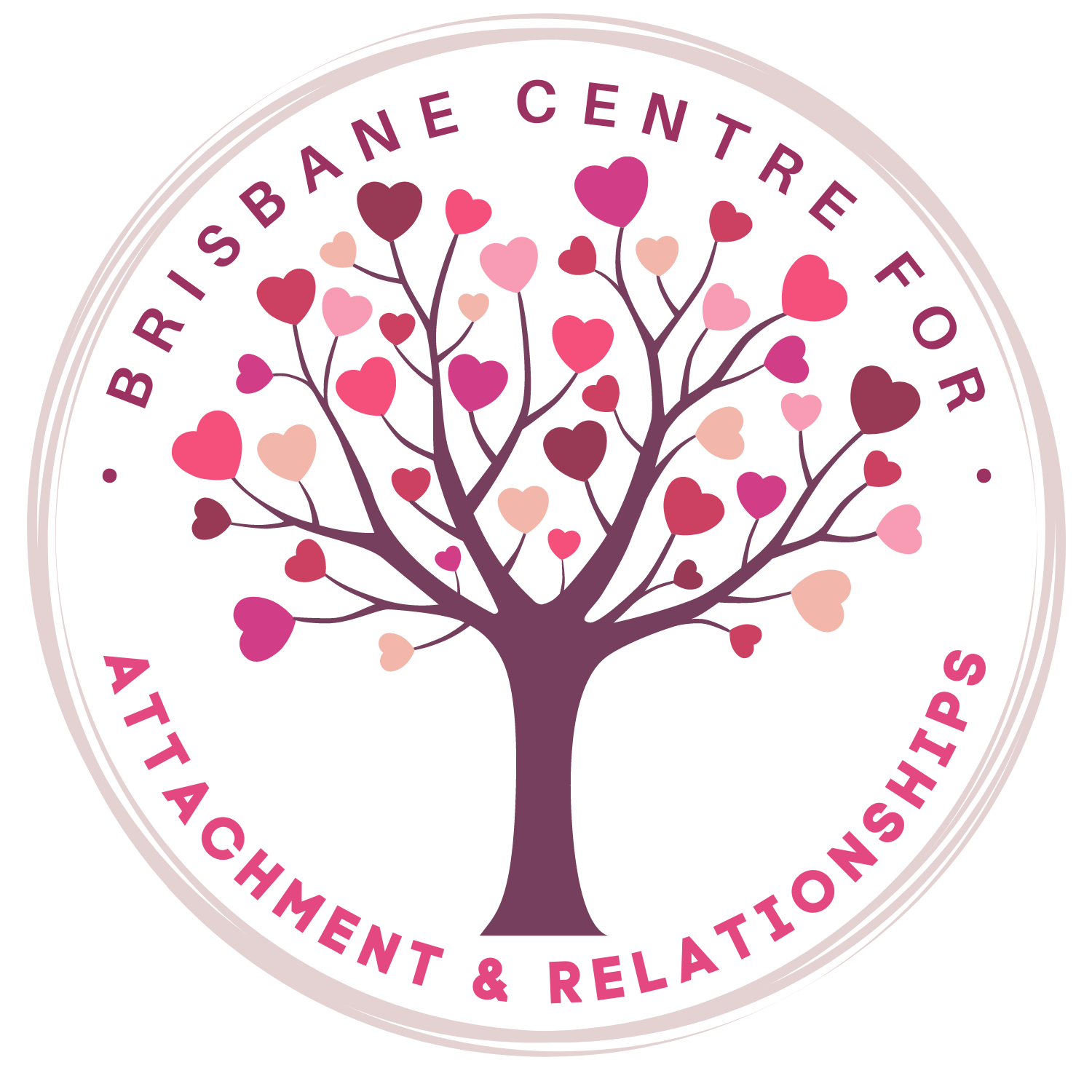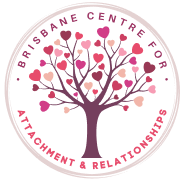At the Brisbane Centre for Attachment & Relationships, we conceptualize trauma through the attachment lens. As Judith Herman talks about in her breakthrough book on trauma (Herman, 1992), trauma is often a “violation of human connection.” While some traumatic events are what we call “simple” traumas like single traumatic events, trauma is often relational in its origins. This means that it occurs in our earliest attachment relationships with those who were supposed to be our safe havens of comfort. This type of trauma is not so clearly seen, but it leaves an indelible mark.
Trauma born in relationship, comes alive in relationship.
When we experience our attachment figures as frightening, neglectful, shaming, frightened, or unavailable, it leaves a mark, a scar that gets bumped and pain that comes alive in subsequent relationships. It can’t not – if you open your heart to love, all the pain of past relational hurt leaks out. This type of trauma exposes a person to an awful paradox, where we are wired to seek proximity to others for safety and bonding, but if the other is a source of danger, not safety, this is inherently disorganising. If your attachment figure is both the
solution to and the source of fear and distress, our mammalian nervous system simply cannot regulate. This type of experience will, of course, increase a person’s need for safe haven and secure attachment and will have left a residue of mistrustfulness and vigilance for danger.
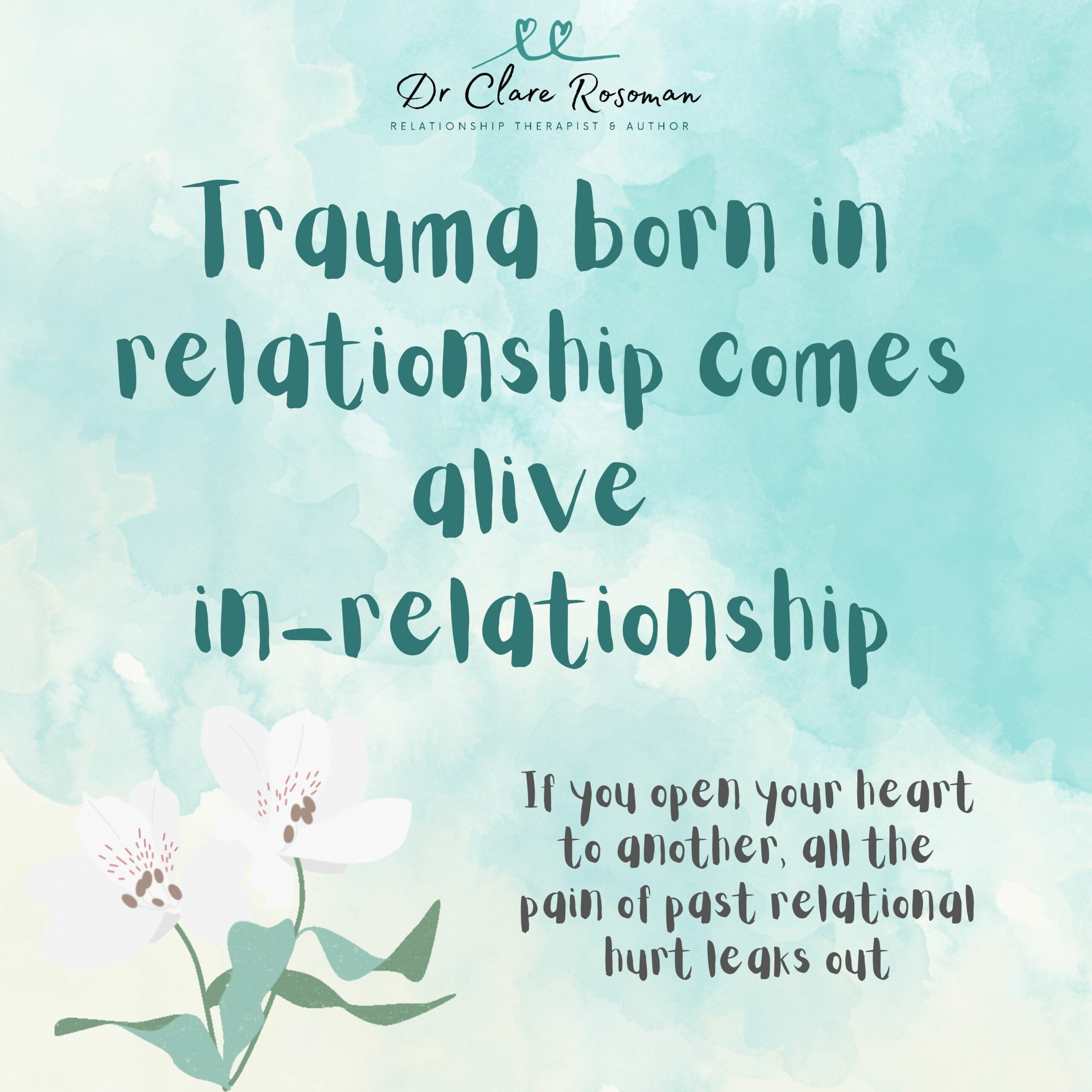
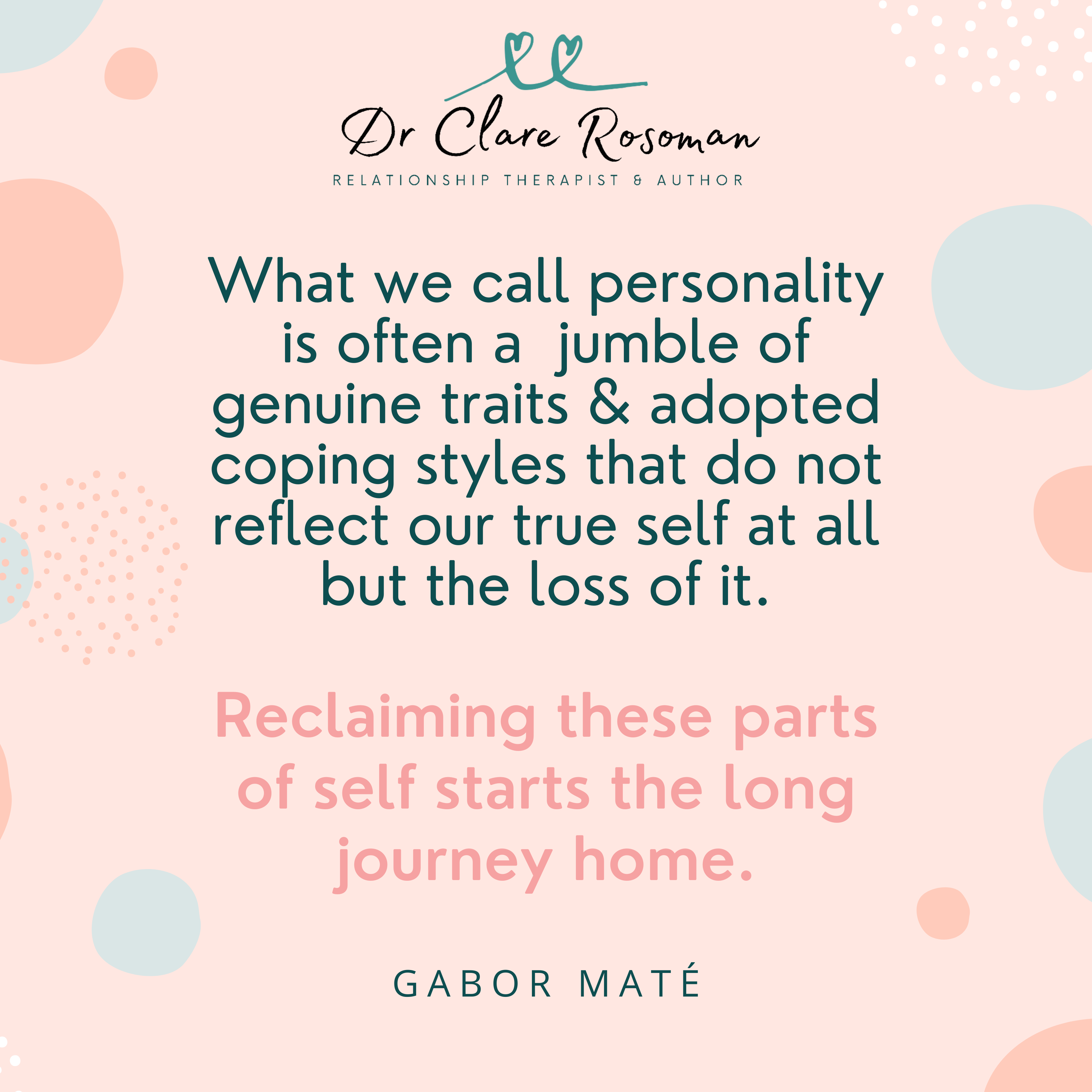

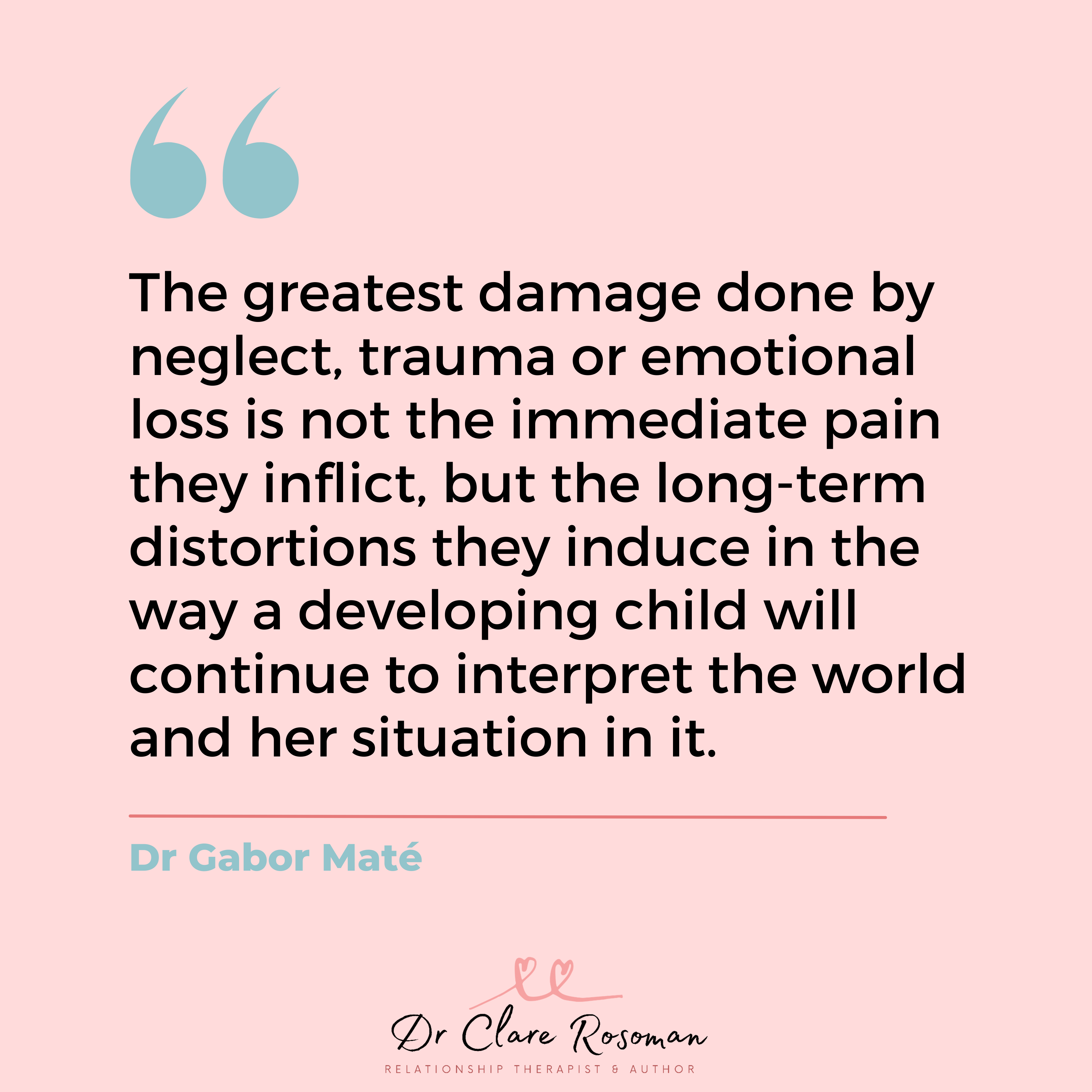
The Impact of Developmental Trauma
Attachment Strategies
People who have experienced developmental trauma are likely to develop a fearful-avoidant attachment strategy. This means that they might use coping strategies of anxious pursuit and avoidant self-reliance to manage the awful dilemma of the other being a needed source of refuge and source of fear at the same time. This can lead to problems in emotion-regulation, information processing, and communication. Of course, this can also lead to distress in relationships. The very act of sharing your heart with a special other is so risky. It is even more so for those who have experienced a violation of human connection. Unclear signals and feelings of unworthiness can sadly lead to increased risk of conflict in close relationships, which can maintain symptoms and continue stuck cycles of communication.
Emotion Regulation Strategies
When someone has experienced trauma, especially in their closest relationships, they are likely to experience: a disturbance of self regulation and disturbance of self definition. When we think about emotional regulation strategies, a traumatised person’s emotions are likely to be either: “on the ceiling” (experienced and expressed as escalated extremes) or “in their boots” (avoided by numbing out, distancing from them). Both of these strategies, were learned for good reason and arise from being left alone to deal with more than they should. When we think of a trauma survivor’s self definition, they are likely to see themselves as unworthy, as not making sense, as somehow not OK. This is as a direct result of not having had secure care-givers to help them to regulate and to signal love and acceptance.
How we can help
Earned protections
As we learn about a person’s experiences of trauma, we think it is important to honor their “earned protective strategies.” This means validating the ways people learned to stay safe once they have experienced hurt in a close relationship. We honor someone’s earned protective strategies knowing that they have developed them for good reason. These are necessary protections earned in relationship that had to be used to survive. These might have been learned as a result of trauma in close relationships or on a larger scale due to minority stress or trauma. We acknowledge this threat as possibly still present in a person’s life. We do not take these necessary protections “off” someone – we are explicit about this. We honor and validate a person’s survival strategies and the context in which they developed. We look at when these earned protections might help them and when they might get in the way of connection or block someone from corrective experiences.
Adaptive Flexibility
In working with trauma-survivors, we reflect on how their protective coping strategies might be at odds with their full experiencing of life and with their attachment longings. While protective, these survival strategies can block someone from experiencing the full range of their own emotions, from taking in all that life has to offer, and from possible corrective experiences that could lead to healing. We aim to help our traumatized clients to develop adaptive, conscious flexibility. Which means being aware of your protective strategies and their impact. It means being aware of your vulnerability and the risk involved in contacting or sharing that with another. We want to help people to welcome these protections, but to SLOW them. We don’t invalidate the warning because the threat might be real (particularly for marginalised people where trauma is ongoing). We help you to choose when to lower this protective strategy and to have more tools at your finger tips for coping. This then becomes an empowered choice rather than a reflexive one.
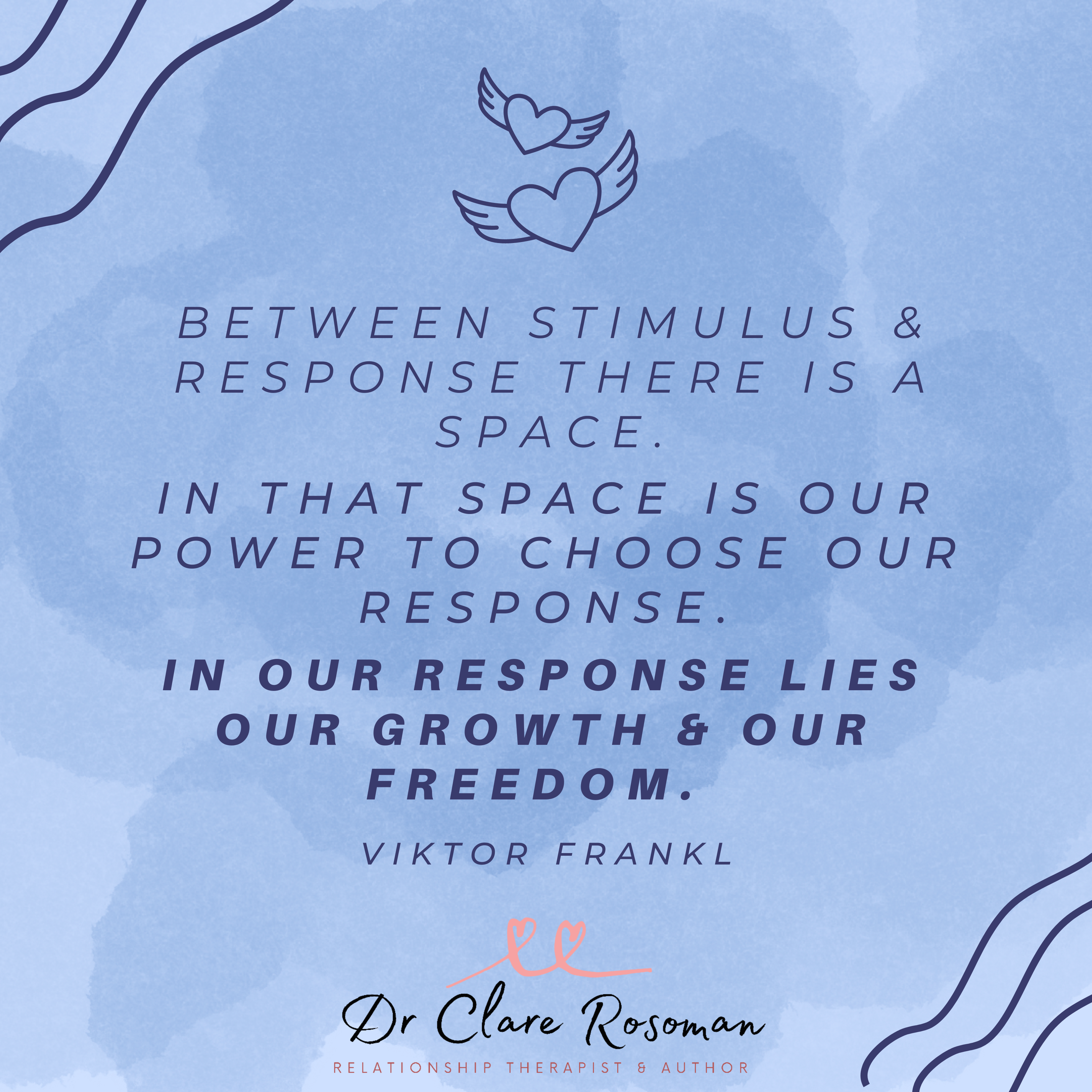
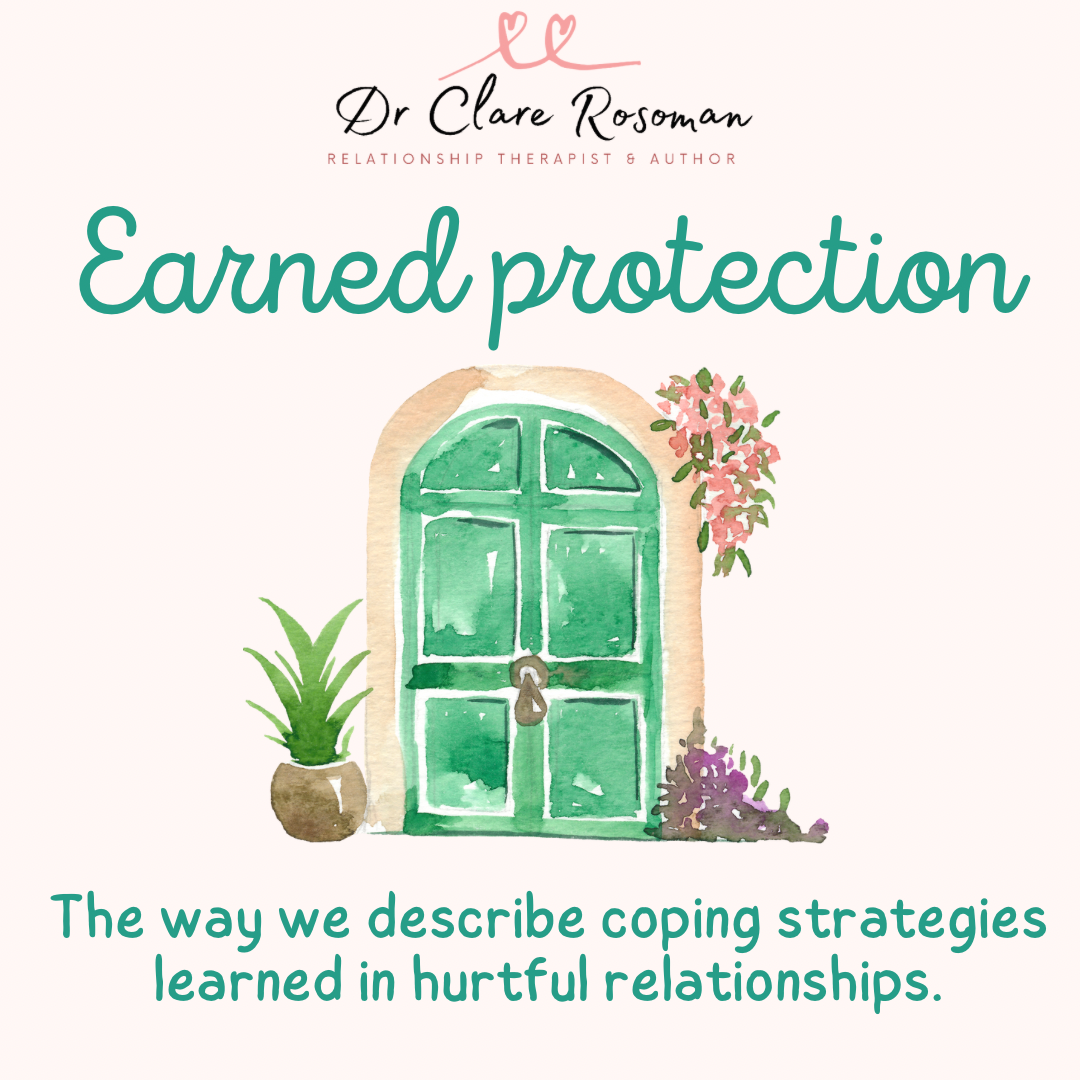
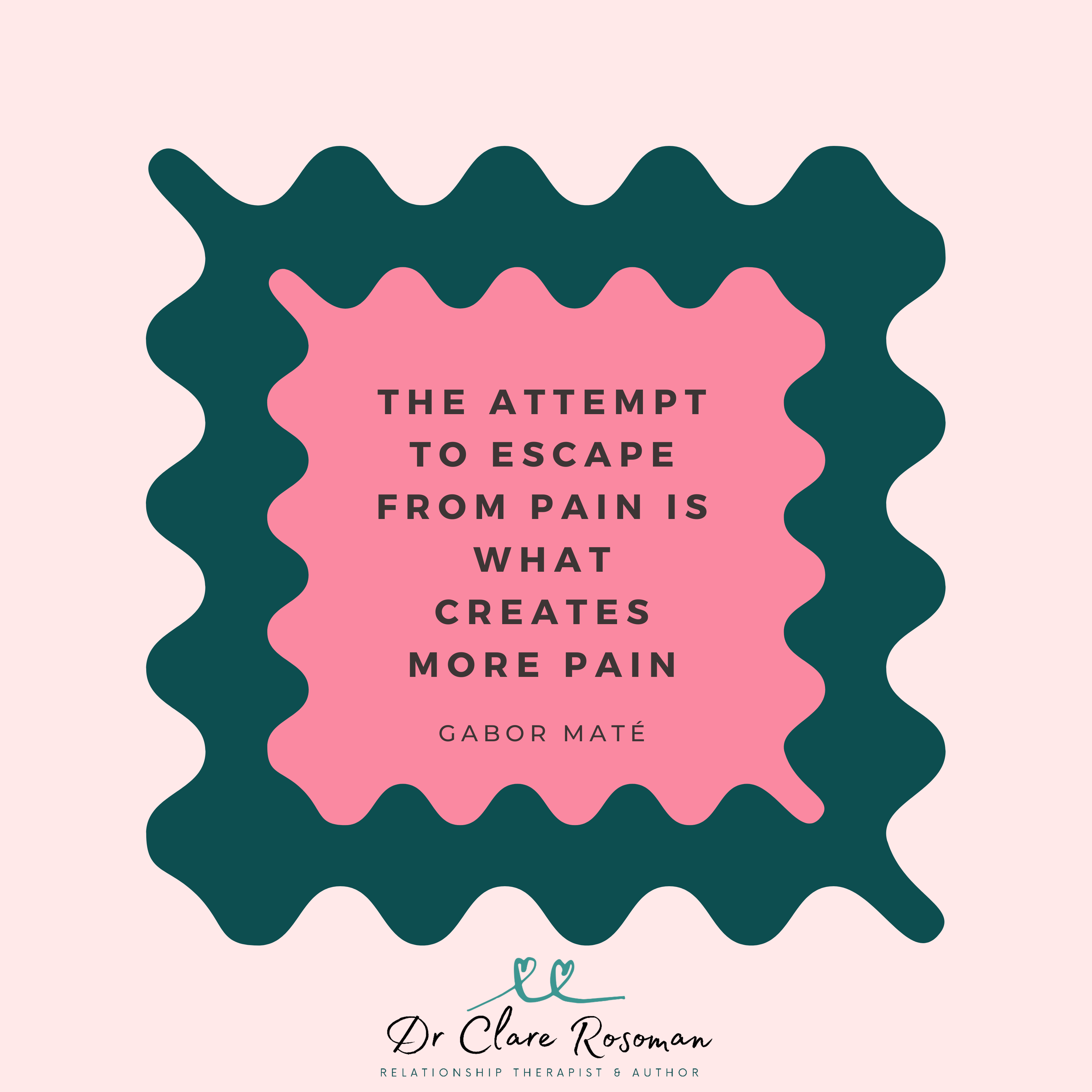

How secure relationships can Heal the Affects of Trauma
An attachment bond is a deep and enduring bond between two people where they are Accessible, Responsive and Engaged with each other. Sue Johnson calls this the “ARE” of secure attachment (Johnson, 2008).
Safe, secure relationships create a healing environment that regulates negative emotion. Turning to another means you are not alone, and that you can draw on proximity to a safe other to share the load of the emotional pain.
Safer relationships provide an opportunity for new learning about relationships. This teaches people that self and others can be safe and a source of comfort. This also corrects the messages laid down in traumatic interactions with others.
Safer relationships allow for exploration of your inner world and promote integration of trauma experience. This means that numbing lessons. With a safe other, people can lean into their pain and process it in new ways.
Safe relationships promote positive emotional engagement with others. In secure relationships, you can show up differently now – not so swamped with symptoms, you can be more open and can send clearer signals. This means that someone who has experienced trauma can now get closer to safe others.
As humans, isolation is inherently traumatising. We are wired to form relationships – we are a bonding species. In relationship, we can grow.
Safe relationships alter definitions of self as worthy and competent and others as safe resources. The sense of self is shaped in relationship, so when we show someone special our rawest places and feel the balm of their acceptance, this changes how we view ourselves and builds our trust in them as a safe resource we can turn to in times of need.
Turning to safe others is not pathological or co-dependent. It is a biological imperative that Bowlby called functional interdependence.
Safe relationships protect against re-traumatization. This creates resilience and is an antidote to isolation.
